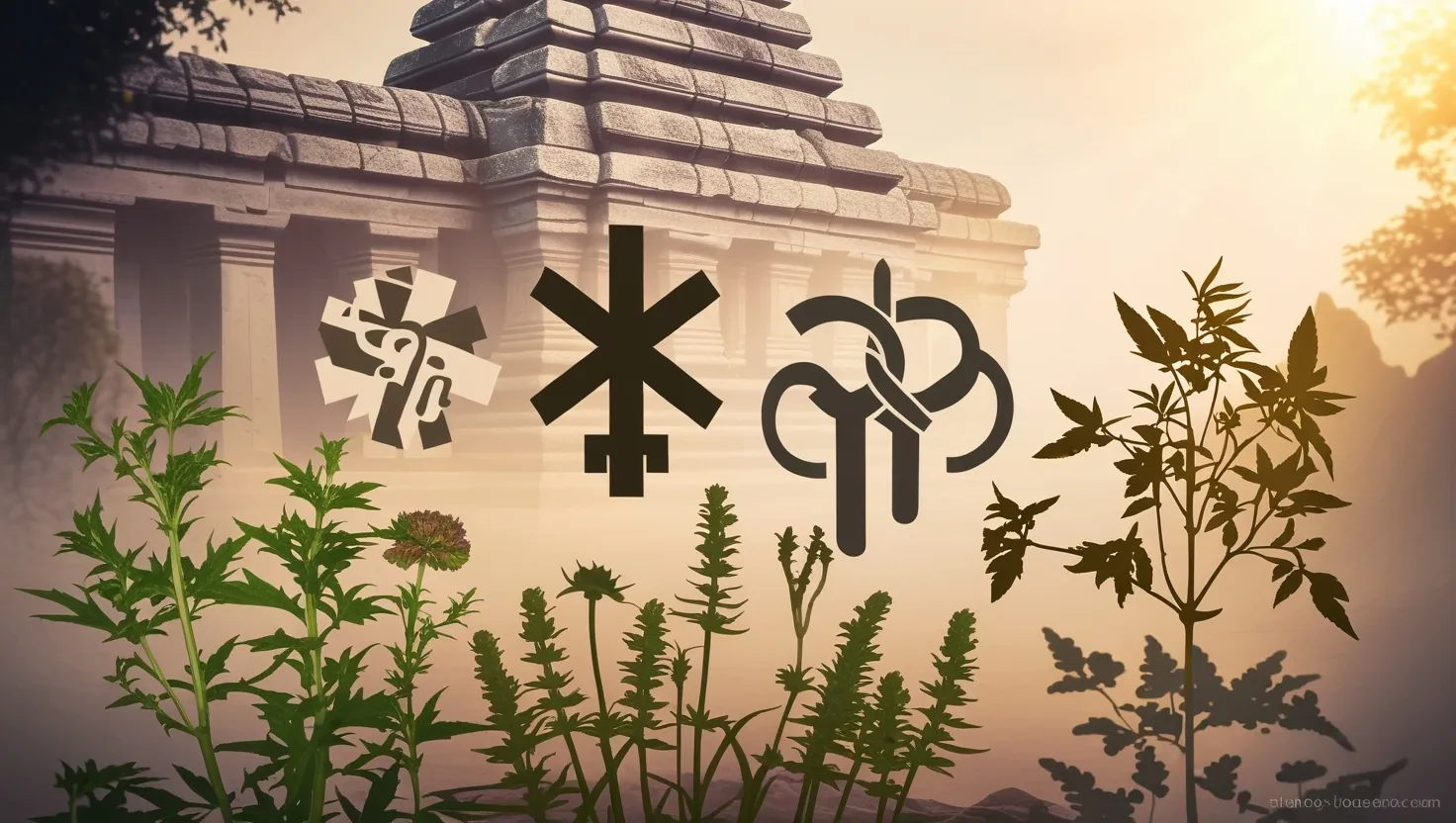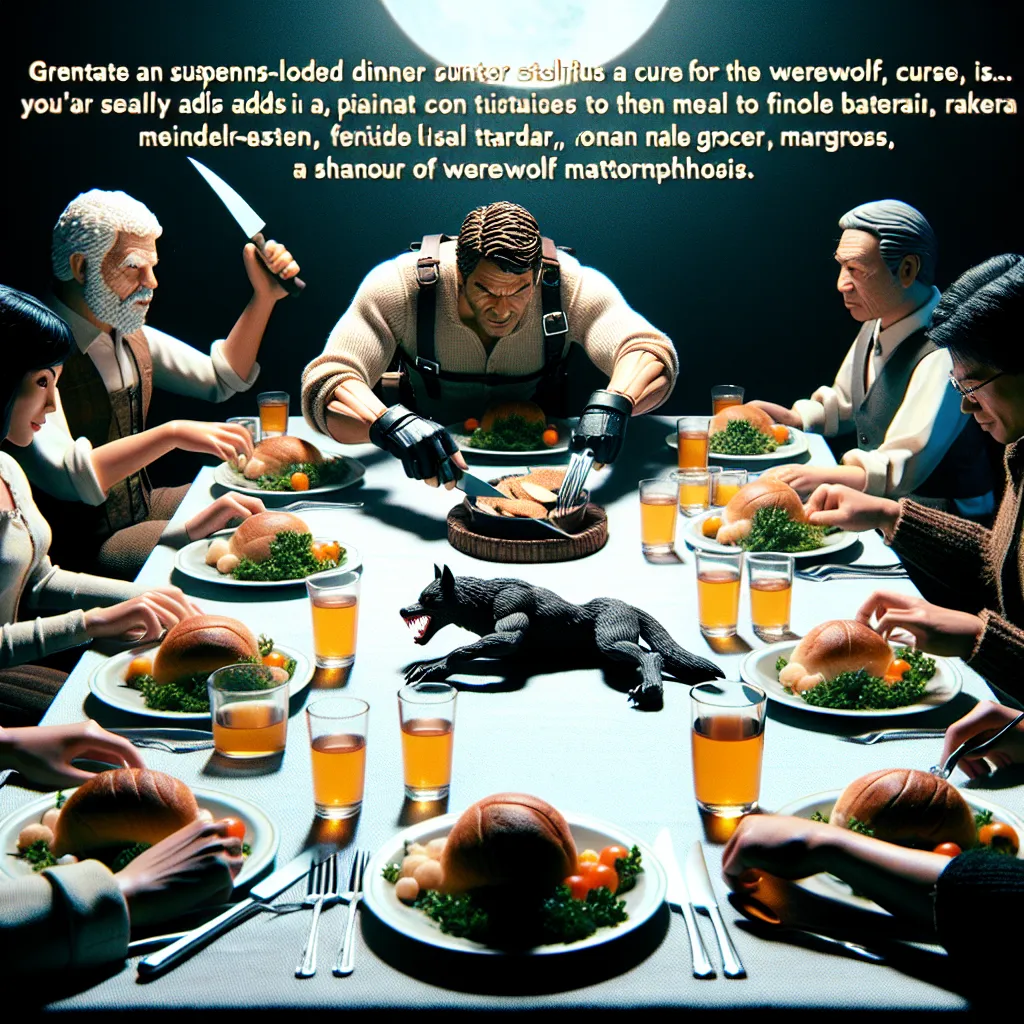The history of medicine is a fascinating journey through time, revealing how ancient practices have shaped the modern medical landscape. As we delve into five ancient medical practices that have influenced contemporary medicine, we’ll uncover surprising connections and enduring wisdom that continue to impact healthcare today.
Let’s start with acupuncture, a practice that originated in China around 6000 BCE. This ancient technique involves inserting thin needles into specific points on the body to alleviate pain and treat various conditions. What’s remarkable is how this millennia-old practice has stood the test of time and scientific scrutiny.
“The art of healing comes from nature, not from the physician. Therefore the physician must start from nature, with an open mind.” - Paracelsus
Ancient Chinese practitioners believed in the concept of “qi” or life energy flowing through meridians in the body. By stimulating these points, they aimed to restore balance and promote healing. While the concept of qi may seem esoteric to modern science, recent research has shed light on the physiological mechanisms behind acupuncture’s effectiveness.
Studies have shown that acupuncture can stimulate the release of endorphins, the body’s natural pain-relieving chemicals. It also appears to modulate neurotransmitter levels and affect blood flow. These findings have led to acupuncture’s integration into pain management protocols in many Western medical settings.
Have you ever wondered how ancient practitioners discovered these precise acupuncture points without modern imaging technology?
Moving from East to West, let’s explore trepanation, one of the oldest surgical procedures known to humanity. Dating back to around 6500 BCE, trepanation involved drilling or scraping a hole in the skull. While it may sound gruesome, this practice was performed across various ancient cultures, from Europe to South America.
Trepanation was used to treat a range of conditions, from headaches to mental disorders. In some cases, it was even performed on healthy individuals, believed to enhance spiritual enlightenment. While many of these applications were misguided, trepanation inadvertently led to crucial discoveries about intracranial pressure and brain function.
Modern neurosurgery owes a debt to these early practitioners. The concept of relieving pressure on the brain through surgical intervention remains a fundamental principle in treating conditions like traumatic brain injuries and brain tumors.
“The good physician treats the disease; the great physician treats the patient who has the disease.” - William Osler
Let’s travel to ancient Egypt, where wound care practices from around 3000 BCE continue to influence modern medicine. The Egyptians were pioneers in many aspects of healthcare, and their approach to treating wounds was particularly advanced for their time.
One of their go-to remedies was honey. Applied directly to wounds, honey was believed to speed healing and prevent infection. Today, we understand the science behind this practice. Honey has natural antibacterial properties due to its high sugar content and low pH, which create an inhospitable environment for bacteria.
Modern wound care has rediscovered the benefits of honey, with medical-grade honey now used in some wound dressings. This ancient wisdom has come full circle, proving that sometimes, the old ways are indeed the best ways.
The Egyptians also used copper in their wound treatments. They didn’t understand the mechanism, but they observed its effectiveness. Today, we know that copper has potent antimicrobial properties. This knowledge has led to the use of copper surfaces in hospitals to reduce the spread of infections.
What other ancient remedies might hold untapped potential for modern medicine?
Jumping forward in time, we arrive in ancient Rome around 400 BCE. Here, we find the use of willow bark to treat pain and fever. This practice demonstrates an early understanding of anti-inflammatory compounds, even if the Romans didn’t have the scientific terminology to explain it.
Willow bark contains salicylic acid, a compound that would later inspire the development of aspirin. In 1897, Felix Hoffmann, a chemist at Bayer, synthesized acetylsalicylic acid, creating what we now know as aspirin. This common medication, found in medicine cabinets worldwide, has its roots in ancient Roman practices.
The story of willow bark to aspirin illustrates how ancient observations can lead to modern breakthroughs. It’s a reminder that nature often holds the keys to medical advancements; we just need to know where to look.
“The art of medicine consists of amusing the patient while nature cures the disease.” - Voltaire
Finally, let’s consider the contributions of Hippocrates, the Greek physician often referred to as the “Father of Medicine.” Around 400 BCE, Hippocrates revolutionized the approach to healthcare by emphasizing systematic observation and documentation of diseases.
Hippocrates moved away from supernatural explanations for illnesses, instead focusing on natural causes. He introduced the concept of taking detailed patient histories and making careful observations of symptoms. This systematic approach laid the foundation for clinical medicine as we know it today.
The Hippocratic Oath, still taken by many medical professionals, emphasizes ethical practice and the principle of “first, do no harm.” While the specific content of the oath has evolved, its spirit continues to guide medical ethics.
Hippocrates also recognized the importance of diet and lifestyle in maintaining health, a concept that’s gaining renewed attention in our era of preventive medicine. His holistic approach to health, considering the whole person rather than just the disease, resonates with modern integrative medicine practices.
How might Hippocrates view our current healthcare systems? What would he think of our advanced diagnostic tools and treatments?
As we reflect on these ancient practices, it’s clear that the roots of modern medicine run deep. From acupuncture’s insights into pain management to the wound care wisdom of the Egyptians, from the Romans’ use of natural anti-inflammatories to Hippocrates’ systematic approach to healthcare, our medical knowledge is built on a foundation laid thousands of years ago.
These practices remind us of the ingenuity of our ancestors and the value of observing and working with nature. They also highlight the cyclical nature of medical knowledge, where old ideas can find new relevance in light of modern scientific understanding.
As we continue to advance medical science, it’s worth remembering that sometimes, looking back can be as valuable as looking forward. The next breakthrough might be inspired by an ancient practice, waiting to be rediscovered and reinterpreted through the lens of modern science.
In our quest for better health and more effective treatments, let’s not forget the wisdom of the past. After all, as the saying goes, “What’s old is new again.” In medicine, this couldn’t be truer.






